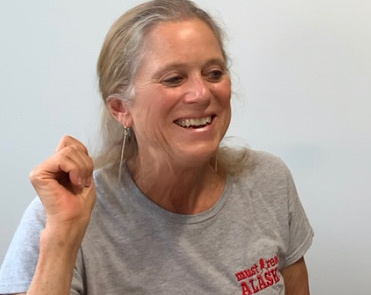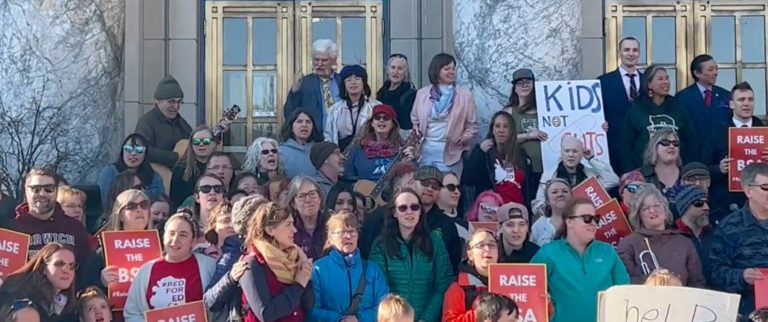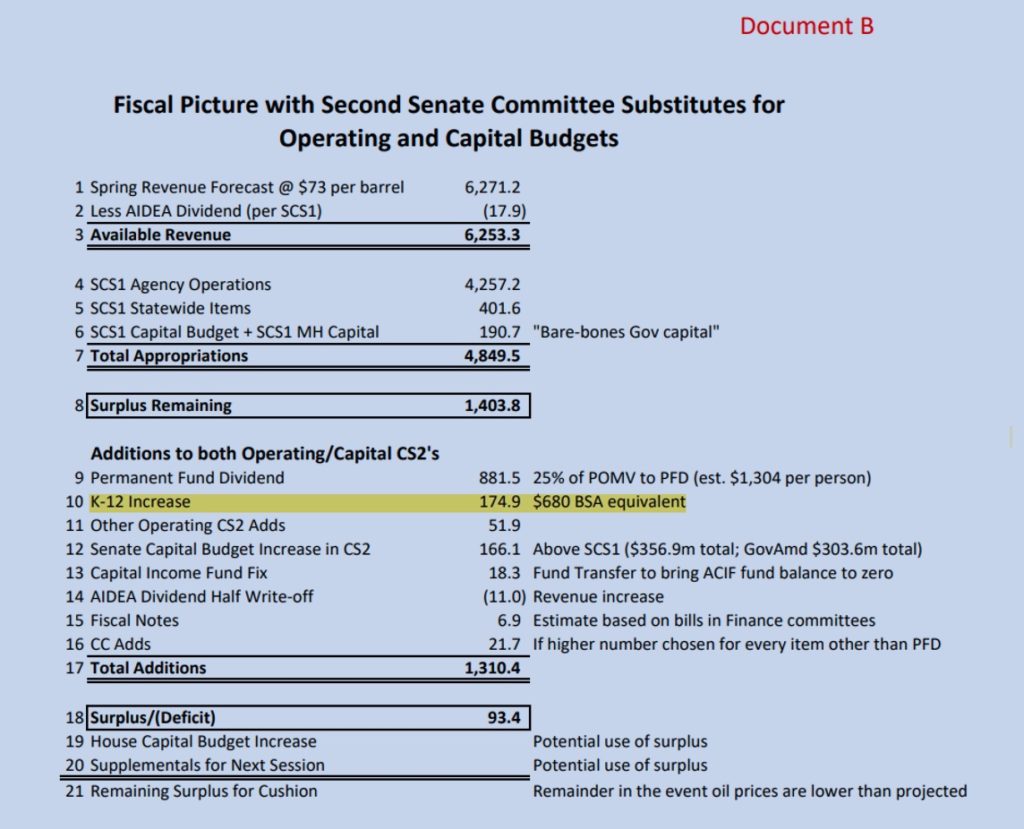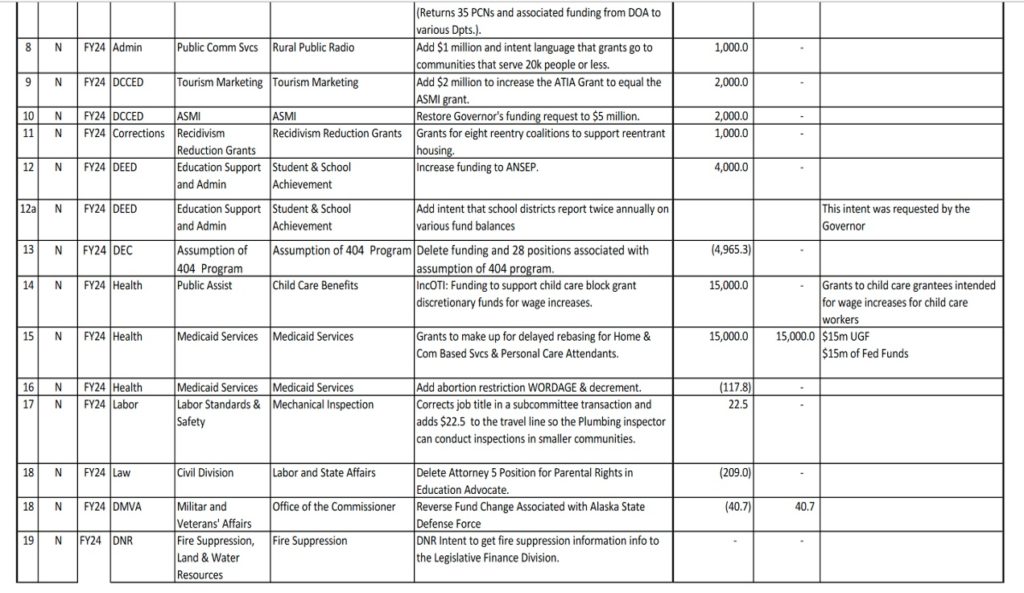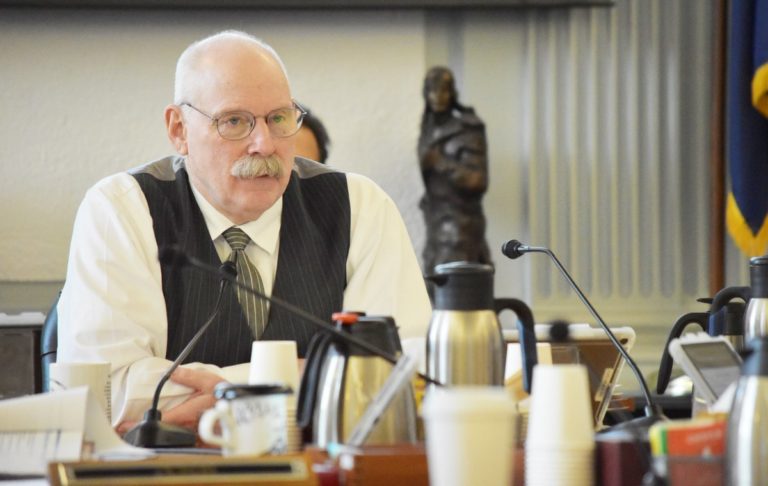By WIN GRUENING
On Jan. 2, 2023, Admiral Richard J. Knapp, 93, crossed the bar in Haines, Alaska. Our nation and our state lost a loyal servant and a true patriot.
Admiral Knapp, known by his friends as Dick, packed more into his life than most of us could ever hope to in several lifetimes. After a career in the U.S. Coast Guard, Dick embarked on and flourished in three more careers in state government and private enterprise.
Dick’s knowledge, experience, and civic involvement enriched and benefited his adopted home state of Alaska and the community of Juneau, where he lived for over 40 years.
After graduating from the U.S. Coast Guard Academy, Dick served aboard six Coast Guard ships and was commander of four of them, two of which were icebreakers.
His wartime service included a tour in Vietnam as the commander responsible for a fleet of 82’ patrol boats charged with interdicting enemy weapons and materiel being smuggled into South Vietnam. That successful combat mission later became the model for riverine warfare waged by the better-known Navy Swift Boats.
As a senior officer, Dick was instrumental in the expansion of the traditional USCG mission from search and rescue to fisheries law enforcement and drug interdiction. He was promoted to the two-star flag rank of Rear Admiral in 1978, the highest rank awarded and maintained by the U.S. Coast Guard in peacetime.


In his final assignment, serving as commander of the 17th Coast Guard District headquartered in Juneau, Knapp supervised and coordinated the successful rescue of 519 passengers and crew aboard the cruise ship Prinsendam, which caught fire in the Gulf of Alaska on Oct. 4, 1980.
The dramatic rescue was particularly noteworthy because of the distance traveled by rescuers, the difficult coordination of many organizations, the deteriorating weather and high seas, and the fact that all aboard were rescued without loss of life or serious injury.
After his 1984 Coast Guard retirement, Dick served as Alaska Commissioner of Transportation under Gov. Bill Sheffield, then as Vice President of the Alaska Railroad, and finally as Senior Vice President for Harbor Enterprises, Inc., the holding company for Petro Marine Services. His competence, calm leadership, and humor were hallmarks of his tenure in those organizations.
He remained active in civic affairs serving on the Juneau Chamber of Commerce board, the Marine Transportation Advisory Board, as Chairman of the CBJ Docks and Harbors Board, and as Commodore of the Juneau Yacht Club.. He was an unapologetic advocate for the proposed Lynn Canal Highway and chaired the organization Citizens Pro-Road. In 2009, in recognition of his contributions, Dick was named Juneau Citizen of the Year.
Never shy about expressing his opinion about any subject, Dick was self-deprecating, modest to a fault, and always willing to debate you with a twinkle in his eye.
Dick’s military bearing belied his more fun-loving side. He treasured his cars and loved driving them. He babied his Audi so much that he insisted on driving it to Anchorage for maintenance at an authorized dealer. He had an ear for music and, as a 10-year-old old wonder, had a gig playing the accordion on a local radio show.
But his friends didn’t discover his talent until, on a cruise with them through the Panama Canal in 2017, he sang all the lyrics to songs he knew while dancing late into the night after everyone else had long gone to bed.
On that same Holland America cruise, the ship’s captain accorded him special treatment and a tour of the bridge in recognition of the role he played in the rescue of their sister-ship 37 years before. Predictably, Dick was abashed about all the attention he received but accepted it gracefully.
He considered his greatest achievement in life his successful courtship of his wife, Pamela. She was his greatest cheerleader and he hers. He was extremely proud of his three sons and his daughter and often wondered aloud how an “old crusty sailor” like him ever got so lucky as to deserve such a wonderful life and family.
Fair winds and following seas, Admiral. You will be missed.
A celebration of the Admiral’s life will be held at the Juneau Yacht Club on Friday, May 5. His ashes will be interred along with his wife, Pamela at the U.S. Coast Guard Academy in New London, Conn., at a later date.
After retiring as the senior vice president in charge of business banking for Key Bank in Alaska, Win Gruening became a regular opinion page columnist for the Juneau Empire. He was born and raised in Juneau and graduated from the U.S. Air Force Academy in 1970. He is involved in various local and statewide organizations.
Win Gruening: Legislature dives into perilous waters with state workforce, retirement issues
Win Gruening: Education funding is complicated, political
Reasons for ballot rejection: Signatures, postmarks
Win Gruening: Juneau muni elections outcome should give the Assembly pause about new City Hall
Win Gruening: Juneau muni elections outcome should give the Assembly pause about new City Hall
Win Gruening: Juneau muni elections outcome should give the Assembly pause about new City Hall
Win Gruening: School boards must learn to adapt to changing demographics


